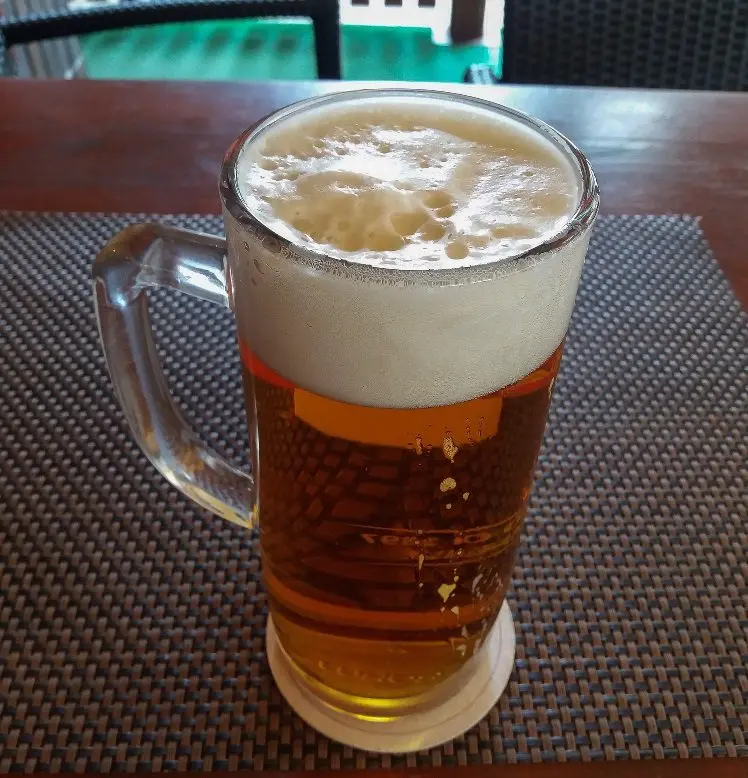A mild, well-attenuated lager, grain and corn notes may be present in the aroma (if some of the raw materials were unmalted during production), the hop-malt balance gravitates towards sweetness rather than bitterness.
The bouquet sometimes feels caramel, toasted bread, spices, floral aromas. The taste is light, unobtrusive. The color, in full accordance with the name, is amber – from slightly reddish to red-copper. In the glass, the drink forms a white foam, but it quickly settles.
The profile is moderately malty with a slight hint of hops. The fermentation is clean, the aftertaste is malty, the taste on the tongue is slightly tart (due to pronounced carbonation), it can be round and creamy.
An interesting fact: amber beer appeared almost simultaneously in several parts of the world, independently of each other. Despite their different origin stories, today these varieties are almost indistinguishable and are the result of adapting a local style to an average standard.
Two- or six-row malt is used for production, hops, caramel and color types of malt for coloring.
Compared to a Vienna lager, the drink has a less pronounced malt flavor.

Strength: 4.6-6.0%.
Density: initial 1.042-1.055, final 1.008-1.014.
Bitterness Index: 8-25 IBU.
Color: 7-14 SRM.









